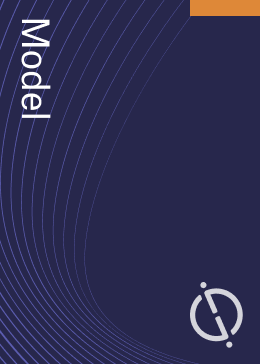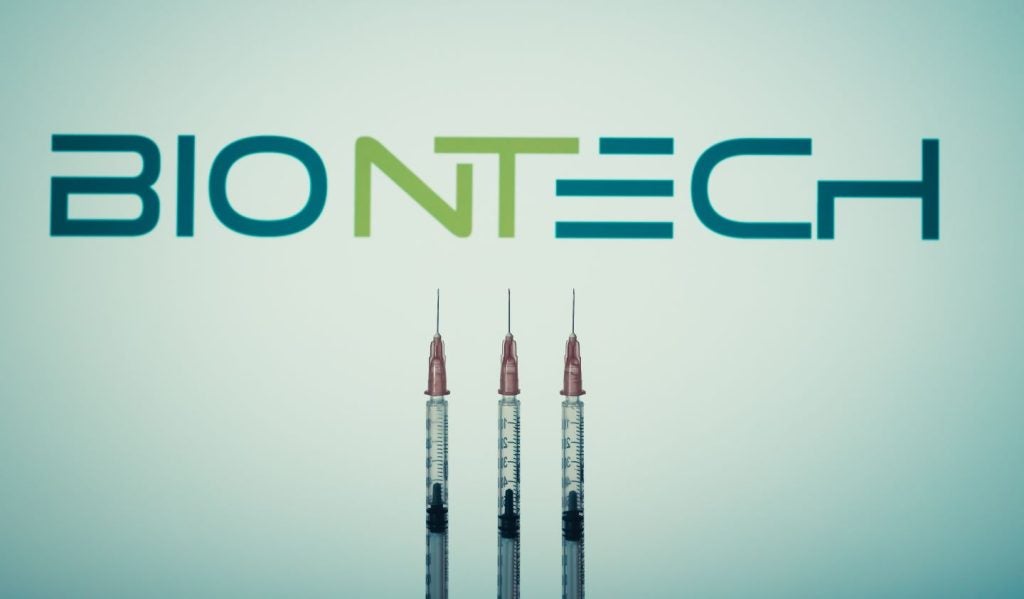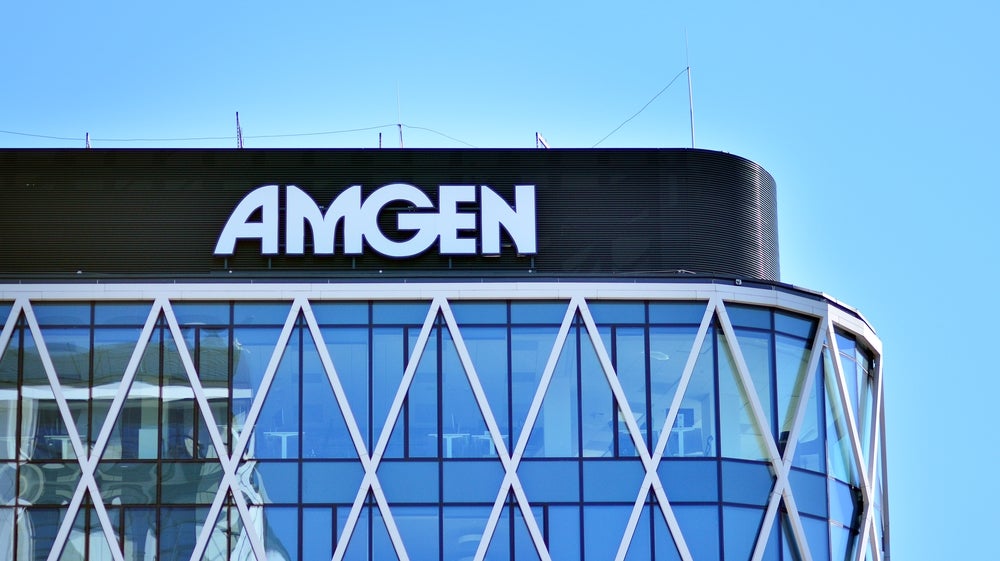Dalzanemdor is a small molecule commercialized by Sage Therapeutics, with a leading Phase III program in Huntington Disease. According to Globaldata, it is involved in 13 clinical trials, of which 7 were completed, 5 are ongoing, and 1 is planned. GlobalData uses proprietary data and analytics to provide a complete picture of Dalzanemdor’s valuation in its risk-adjusted NPV model (rNPV). Buy the model here.
The revenue for Dalzanemdor is expected to reach an annual total of $192 mn by 2034 in the US based off GlobalData’s Expiry Model. The drug’s revenue forecasts along with estimated costs are used to measure the value of an investment opportunity in that drug, otherwise known as net present value (NPV). Applying the drug’s phase transition success rate to remaining R&D costs and likelihood of approval (LoA) to sales related costs provides a risk-adjusted NPV model (rNPV). The rNPV model is a more conservative valuation measure that accounts for the risk of a drug in clinical development failing to progress.
Dalzanemdor Overview
Dalzanemdor (SAGE-718) is under development for the treatment of mild cognitive impairment (MCI) or mild dementia due to Alzheimer's disease (AD), Parkinson's disease mild cognitive impairment and Huntington disease. It is administered through oral route in the form of softgel capsule and tablet. SAGE-718 is a 24(S)-hydroxycholesterol, that is a oxysterol-based positive allosteric modulator of NMDA receptor.
It was also under development for cognitive impairment, anti-NMDA receptor encephalitis and cerebrosterol (24S-HC) deficit disorders such as Smith-Lemli-Opitz Syndrome (SLOS) and other indications involving NMDA receptor hypofunction.
Sage Therapeutics Overview
Sage Therapeutics (Sage) is a clinical-stage biopharmaceutical company that discovers, develops and markets drugs for the treatment of central nervous system (CNS) disorders. It develops drugs based on selective allosteric modulation of CNS synaptic and extrasynaptic receptors of NMDA and GABA. Its flagship product Zulresso (brexanolone) is a proprietary intravenous (IV) formulation administered for the treatment of postpartum depression (PPD). The company also has various pipeline products for the treatment of indications such as major depressive disorders, bipolar depression, Parkinson’s disease, insomnia, epileptiform disorders, and NMDA hypofunction. The company operates in the US, Bermuda, Germany, Switzerland, Scotland, England and Wales through its subsidiaries. Sage is headquartered in Cambridge, Massachusetts, the US.
The company reported revenues of (US Dollars) US$7.7 million for the fiscal year ended December 2022 (FY2022), an increase of 21.8% over FY2021. The operating loss of the company was US$547 million in FY2022, compared to an operating loss of US$460.9 million in FY2021. The net loss of the company was US$532.8 million in FY2022, compared to a net loss of US$457.9 million in FY2021.
The company reported revenues of US$2.7 million for the third quarter ended September 2023, an increase of 9.8% over the previous quarter.
For a complete picture of Dalzanemdor’s valuation, buy the drug’s risk-adjusted NPV model (rNPV) here.
Premium Insights
From

The gold standard of business intelligence.
Blending expert knowledge with cutting-edge technology, GlobalData’s unrivalled proprietary data will enable you to decode what’s happening in your market. You can make better informed decisions and gain a future-proof advantage over your competitors.







